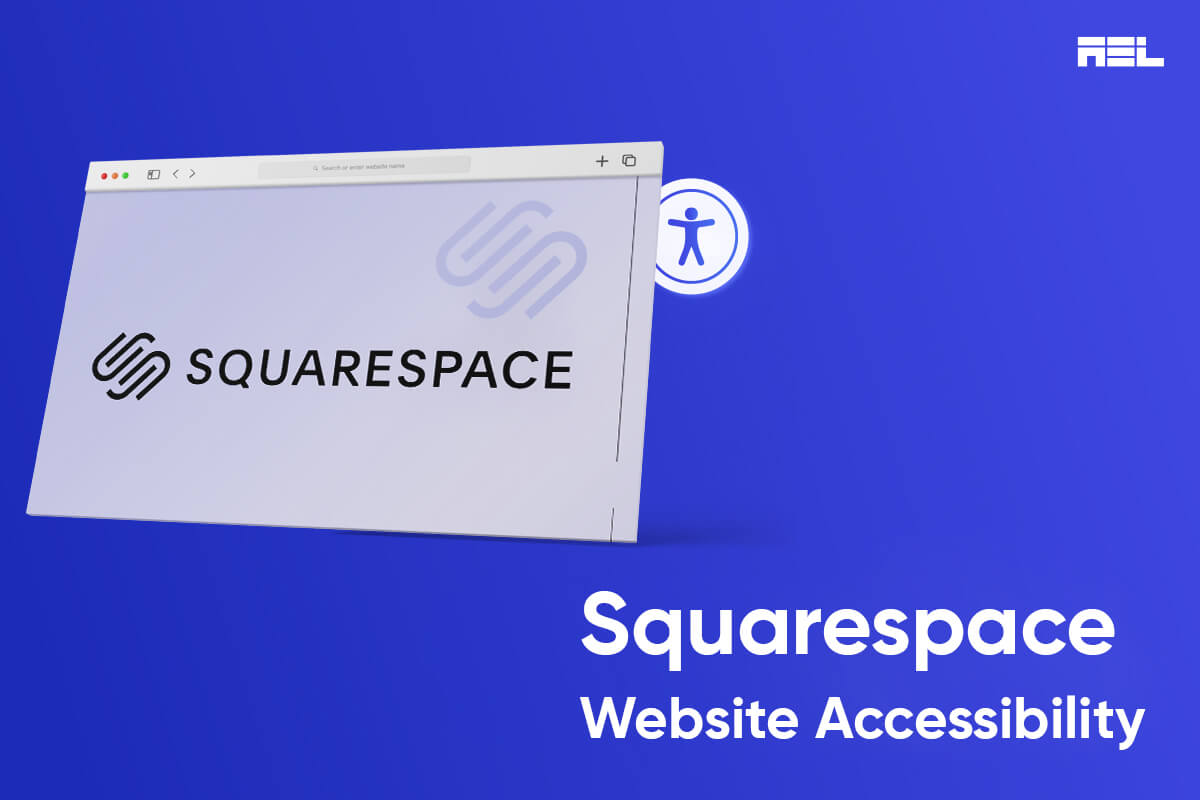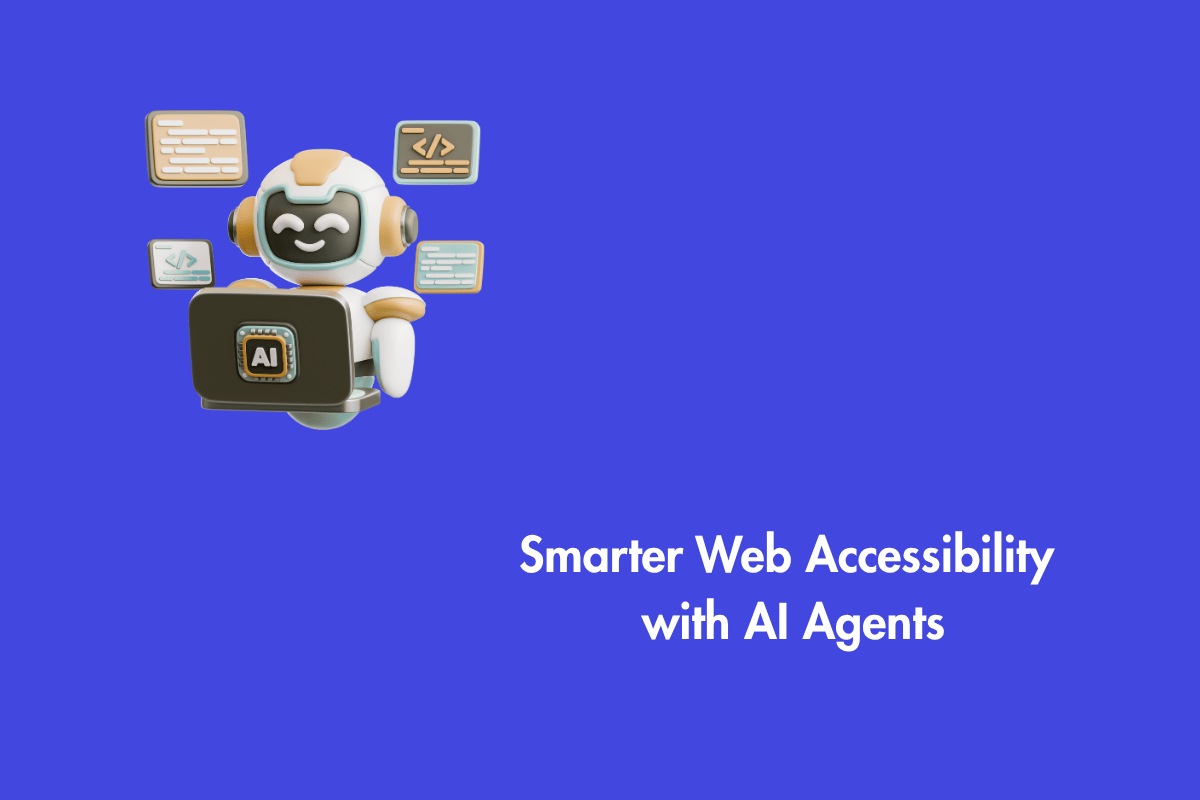In the digital ocean, inclusivity reigns supreme. Websites, the virtual gateways to information and connection, must be accessible to everyone, regardless of ability. Squarespace is one of the most popular website builders in this market, offering a variety of features and templates to create beautiful and professional websites. While Squarespace boasts user-friendly design tools and attractive templates, its accessibility story requires a closer look.
Let’s embark on a deep ͏dive, exploring both the platform’s strengths and potential pitfalls, to clarify this crucial question.
Table of Contents
Squarespace Accessibility Features
Squarespace has a lot of accessibility features, some of which are:
- Keyboard Navigation: Navigate the website easily using keyboard shortcuts. A boon for people with motor limitations.
- Responsive Design: Websites adapt seamlessly to different screen ͏sizes, ensuring mobile and tablet users aren’t left behind.
- Image Alt Text: Add descriptions to images, allowing screen readers to interpret them for visually impaired users.
- Color Contrast: Squarespace’s built-in tool ensures text is legible for users with visual impairments by analyzing color contrast.
- Accessible Forms: Certain form elements, like labels and error messages, are automatically accessible, simplifying user interactions.
The best part of accessibility features is that they are not only available for most plans and templates but also customizable according to user needs and preferences.
Squarespace Templates
While some Squarespace templates, such as Brine Family, offer more accessibility features, others require significant customization to make them accessible, such as:
- Semantic Markup: Lack of proper markup can confuse assistive technologies like screen readers, leaving them struggling to understand the website’s layout.
- Color Contrast: Certain templates use color combinations that create choppy waves for users with visual impairments, making text difficult to decipher.
- Fonts: Decorative or handwritten fonts can be like tangled seaweed for screen readers, hindering their ability to interpret the textual landscape.
- Keyboard Focus: The absence of clear keyboard focus indicators leaves users unsure which element is currently selected, creating a disorienting navigation experience.
These challenges highlight the need for proactive charting and attentive customization to ensure a smooth and accessible experience for all visitors.
Limitations in Squarespace for Website
Here are some inherent challenges when working with Squarespace:
- Limited Code Control: Non-developers may struggle with implementing advanced accessibility adjustments due to restricted access to the website’s underlying code.
- Third-Party Whirlpool: Third-party plugins and add-ons, while enriching the website experience, may not be inherently accessible, requiring extra effort to integrate them seamlessly.
- Dynamic Content Currents: Live chat widgets, embedded forms, and other dynamic elements can create unpredictable currents, posing accessibility challenges.
These limitations require strategic planning and creative solutions to ensure smooth sailing for all passengers. Now, let’s equip ourselves with the best practices to navigate these obstacles and reach our accessible destination.
Best Practices for Accessible Squarespace Websites
Transforming your Squarespace website into an accessible haven isn’t a solitary expedition. Here are some best practices to guide you:
- Choose an Accessible Template: Opt for templates with good semantic markup, appropriate color contrast, and legible fonts. Brine Family and Supply is known for its inherent accessibility features.
- Refine Content: Use headings, subheadings, and bullet points to structure your content logically, acting as clear buoys for screen readers and users with cognitive disabilities.
- Image Alt Text: Every Picture Tells a Story: Describe images accurately, painting a vivid picture with words for those who cannot see the visual canvas.
- Smooth Keyboard Navigation Smooth: Test your website thoroughly using a keyboard to identify and address any navigation hurdles. Remember, not everyone relies on the mouse!
- Accessible Forms: Safe Harbor for All: Label form fields, provide helpful error messages, and ensure keyboard and screen reader compatibility. Forms should be welcoming, not intimidating reefs.
- Validation: Utilize automated accessibility checkers and WCAG compliance tools to identify and rectify unintentional accessibility flaws. Tools like WAVE and Lighthouse can be your trusted compass.
These best practices equip you with the necessary expertise to build a Squarespace website that welcomes everyone with open arms. But our journey towards accessibility doesn’t end here. Squarespace actively works on improving accessibility features, with recent updates like the Accessibility Widget offering additional tools.
Furthermore, engaging with the accessibility community through user testing and feedback helps ensure Squarespace’s websites remain inclusive for everyone. Remember, accessibility is a shared responsibility, and by embracing best practices, utilizing available resources, and partnering with diverse voices, we can create a digital landscape where everyone feels welcome and empowered.



